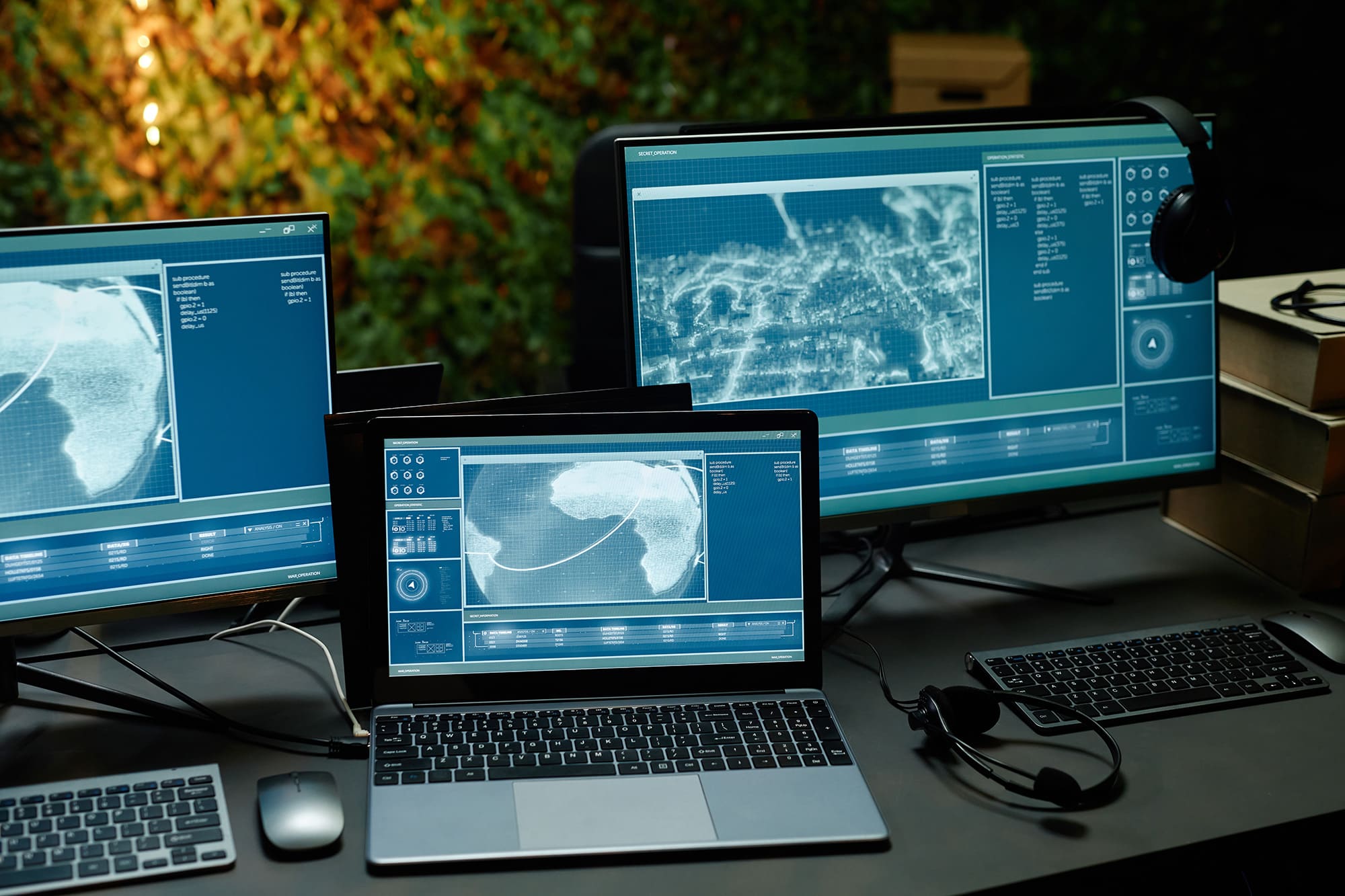TL;DR
This article emphasizes that mobile app build automation is mandatory for competitive development in 2025. It explains that implementing a full Mobile App CI/CD pipeline automates builds, testing, and deployment, eliminating slow manual processes. CI/CD test automation and specialized mobile app development. CI/CD automated testing services ensure that only high-quality, bug-free releases reach users quickly. By adopting these systems, companies drastically reduce errors, accelerate delivery, and ensure their mobile app stays competitive and resilient.
Is Your App Development Too Slow? Slow releases are frustrating, and buggy updates hurt your reputation. If getting your mobile app to users is a struggle, your process is the problem. You are not alone. Mobile app build automation is the solution you need. It transforms your development process and automates everything from code commits to app store submissions. Let’s dive deep and understand the topic in detail.
Why Businesses Need Mobile App Build Automation
Speed is survival in the app world. Automation is necessary for a competitive advantage.
- Combatting Platform Complexity: Mobile apps are complex. You must build, sign, and submit for both iOS and Android. These platform-specific steps are tedious and invite errors. Automation ensures both platforms build consistently, every single time, saving days on every release cycle.
- Instant Feedback and High Quality: Manual testing is slow and happens late in the cycle. CI/CD test automation runs instantly and catches regressions early. Developers get real-time feedback, which prevents problematic code from moving forward. You fix bugs immediately, not after launch.
- Meeting User Demand for Speed: Users expect instant updates. They want bug fixes immediately. Fast mobile deployment keeps users satisfied. It minimizes churn. When your process is automated, you deploy new features before your rivals start compiling.
Benefits of a Robust Mobile App CI or CD Pipeline
A well-built pipeline offers clear, powerful advantages to your team and your users.
- Drastic Reduction in Deployment Errors: Humans make mistakes. Automation doesn’t. Mobile app build automation uses the same script every time. Signing keys, environment variables, and configurations are handled perfectly. This consistency eliminates manual deployment errors.
- Enhanced Time-to-Market: Speed to market is everything. CI/CD pipelines cut days off your release cycle. Automated testing provides immediate confidence. You can release weekly or even daily. Faster releases mean features reach customers quickly.
- Enhanced Team Collaboration: The CI pipeline forces smooth code integration. Developers merge code often. Automated checks provide a safety net. Teams work better together. They focus on innovation, not troubleshooting build failures.
Comparison: Manual Builds vs. Mobile App Build Automation
Both processes result in an app. But the execution and impact are vastly different.
| Feature | Manual Build and Deployment | Mobile App Build Automation (CI/CD) |
| Speed | Slow; dependent on one engineer’s schedule. | Fast; executes in minutes with parallelization. |
| Consistency | Low; prone to configuration drift and human error. | High; 100% reproducible builds via code scripts. |
| Testing | Late-stage; often relies on lengthy manual QA. | Integrated, automated tests run on every code commit. |
| Scalability | Poor; impossible to scale to multiple apps or teams. | Excellent; easily replicated and managed across projects. |
CTA Section
Ready for Faster, Bug-Free Releases? Get a custom mobile CI/CD pipeline built by our experts.
CI/CD Test Automation
CI/CD pipeline automation testing is the safety net. You integrate various tests directly into the pipeline:
- Unit Tests: Run these first. They check individual code parts. They are swift.
- Integration Tests: Check how different components interact with each other.
- UI or Functional Tests: Simulate real user clicks and interactions. Tools like Appium handle this across devices.
Case Studies
See how automating releases drives real results.
Case Study 1: Reducing Bug Reports by 60%
Challenge
A growing FinTech company had unstable weekly releases. Manual testing often missed critical payment flow bugs. User complaints were high.
Solution
We implemented mobile app development, CI/CD and automated testing services. We integrated an extensive UI test suite using Appium and running on a cloud device farm. Tests run on every pull request.
Result
The pipeline blocked faulty builds immediately. Bug reports dropped by 60% within three months. Release confidence soared.
Case Study 2: Accelerating Delivery Time by 75%
Challenge
A huge e-commerce application needed 4 days for the issuance of a trivial update. Signing, compilation, and TestFlight deployment were the manual steps carried out by a solitary engineer.
Solution
Using Fastlane and Bitrise, we created an entirely automatic CI/CD pipeline. We made the processes of version bumping, code signing, and deploying to TestFlight and Google Play completely automatic.
Result
The time for the release cycle was reduced from 4 days to under 1 day. The team could iterate faster. They started rapid experimentation with new features.
Conclusion
Mobile App CI/CD, powered by robust mobile app build automation, is mandatory. It’s the key to achieving fast mobile deployment and high app quality. By using automation and smart CI or CD test automation, your team gains speed, confidence, and consistency.
Ready to take your app releases to the next level? WildnetEdge is your partner. Our AI-first approach specializes in scaling mobile app development, CI/C, and D automated testing services that drive success.
FAQs
Q1: What is Mobile App CI/CD, and what is its importance?
Mobile App CI/CD is a method of integrating and deploying changes made to the mobile code continuously and without human intervention. Its importance lies in the fact that it accelerates release cycles, enhances the quality of the app, and cuts down considerably on the occurrence of human errors.
Q2: What are the reasons for mobile app build automation to be a factor in improving development efficiency?
By eliminating the compulsion of continuous integrating, manual coding, and filing, the development team is always at the pleasure of coming up with new ideas, not managing build configurations. Hence, the end result is an improved development process.
Q3: What is the place of Fastlane in the world of mobile app build automation?
Fastlane is a mobile application development tool that developers want for their most painful mobile tasks. It takes care of these platform-specific steps by automating: App Store and Google Play app releases, code signing, and screenshot generation.
Q4: What are the key elements or characteristics of mobile app CI/CD test automation?
The most essential elements are Unit Tests that verify the functioning of single code units, Integration Tests that check the proper interaction between different parts, and UI Tests (which can be performed using Appium) that simulate the end user’s actions.
Q5: Can CI/CD pipelines manage the simultaneous delivery of Android and iOS applications?
Yes, they can! The most cutting-edge and sophisticated CI/CD platforms now provide support for multi-platform workflows. These platforms are able to execute the building of numerous applications at the same time, use the appropriate tools for each platform (Xcode for iOS, Gradle for Android), and create artifacts for both effortlessly.

Nitin Agarwal is a veteran in custom software development. He is fascinated by how software can turn ideas into real-world solutions. With extensive experience designing scalable and efficient systems, he focuses on creating software that delivers tangible results. Nitin enjoys exploring emerging technologies, taking on challenging projects, and mentoring teams to bring ideas to life. He believes that good software is not just about code; it’s about understanding problems and creating value for users. For him, great software combines thoughtful design, clever engineering, and a clear understanding of the problems it’s meant to solve.
 sales@wildnetedge.com
sales@wildnetedge.com +1 (212) 901 8616
+1 (212) 901 8616 +1 (437) 225-7733
+1 (437) 225-7733































